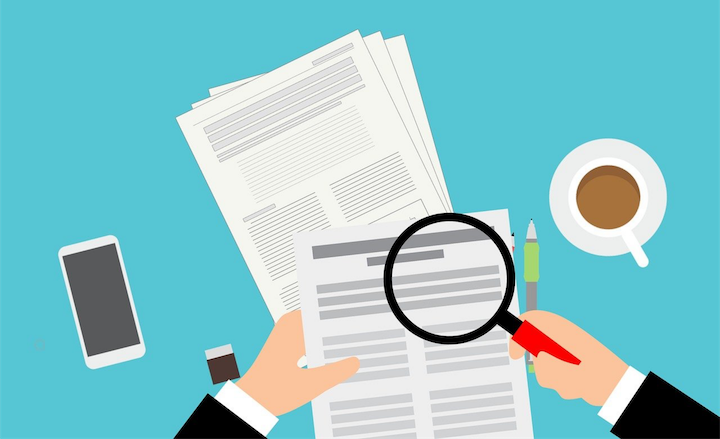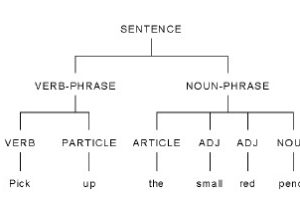How to write research papers in English

In this course, you will learn how to write a research paper in English in 5+1 steps which will be dealt with in three phases (i.e., the pre-drafting phase, the drafting phase, and the post-drafting phase).
In the 5+1 steps, which will be dealt with in this course, you will learn how to start by selecting your research topic (in the first step), and you will be guided step-by-step from the journal selection to the step of submitting your final draft to the target journal and getting it published (in the last step). These 5+1 steps are based on my two-volume book series published by Amazon on How to write academic research papers.
The information provided in this course is not only useful while writing a research paper, but a large bulk of it will also be useful while writing book reviews, review papers, short reports, and so on.
In addition, you will learn
- How to search on scientific databases and websites and
- Data collection, analysis, presentation, and interpretation in my comprehensive course.
Those who attend this course can attend my other comprehensive course the content of which is more than 10 hours. That comprehensive course will give you a better insight on writing research papers in English.
Goals
- How to write research papers
- How to select best and most innovative research questions/topics
- How to select best journals/conferences to publish/present your papers
- How to navigate scientific websites and databases
- How to collect, analyze, present and interpret data
Prerequisites
- Basic English knowledge




